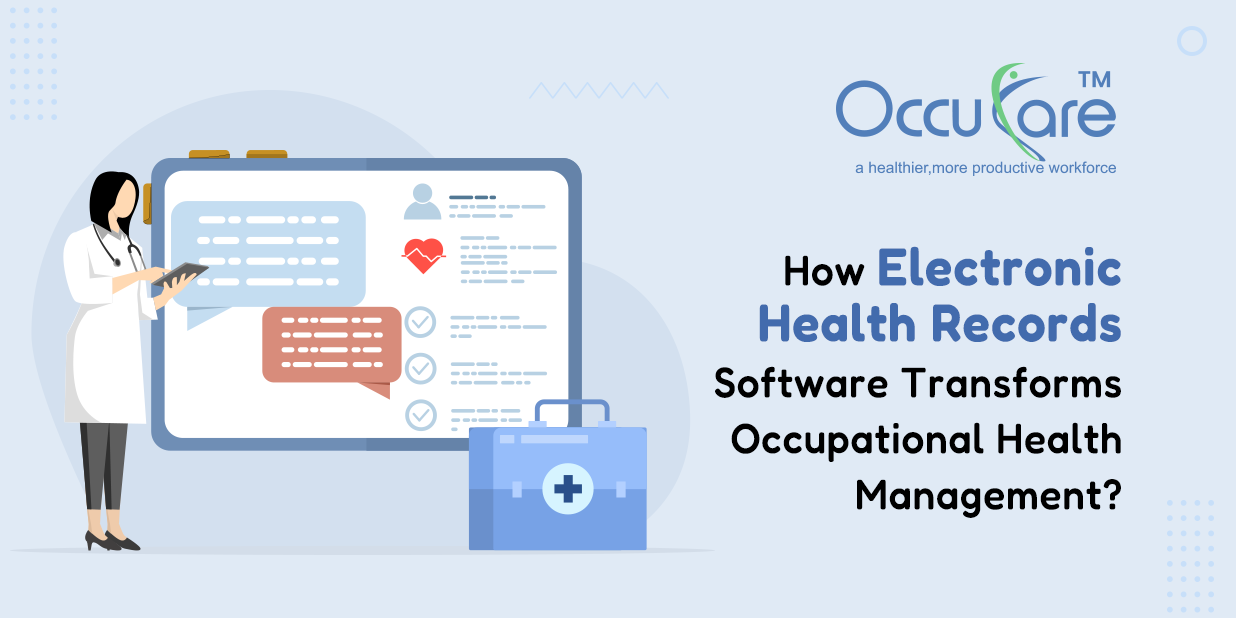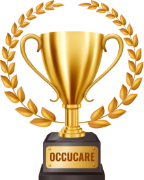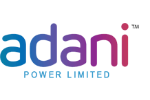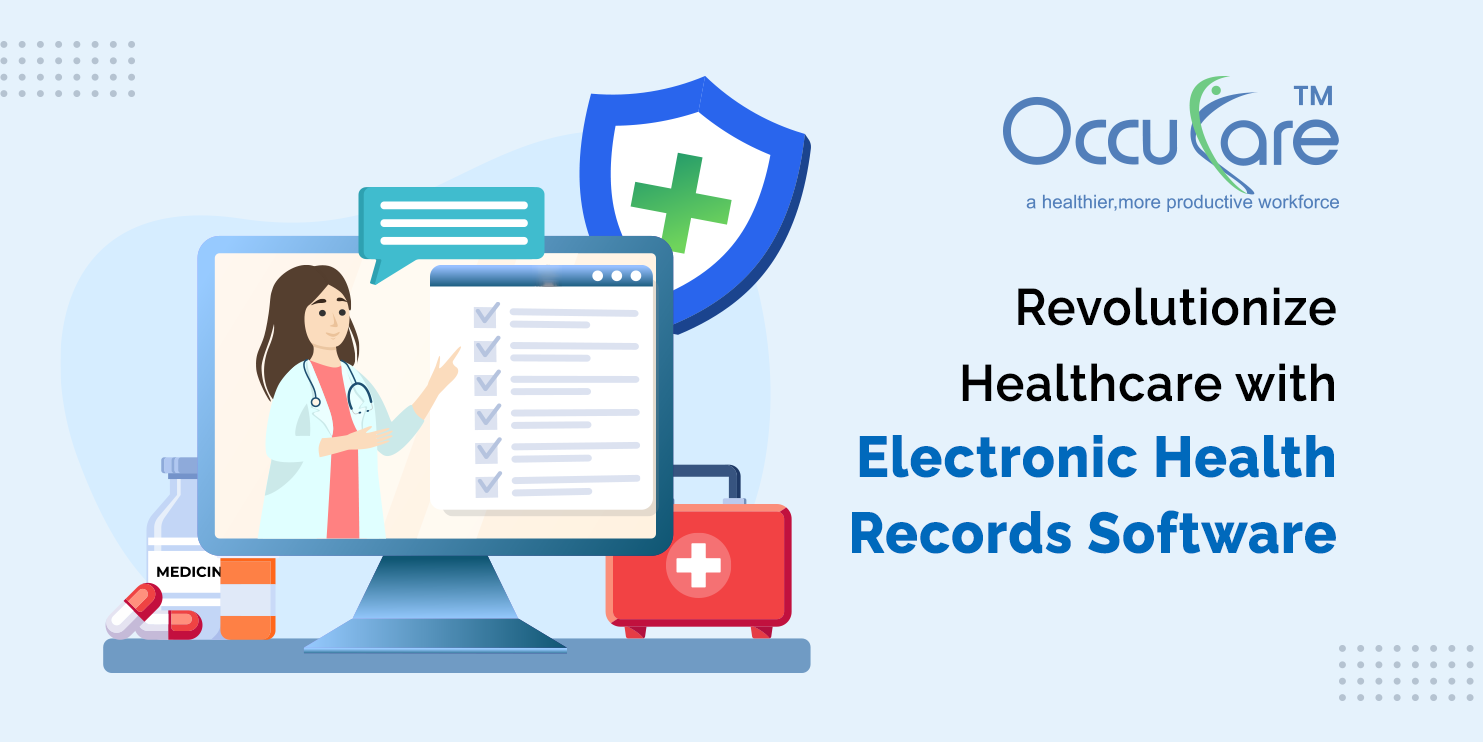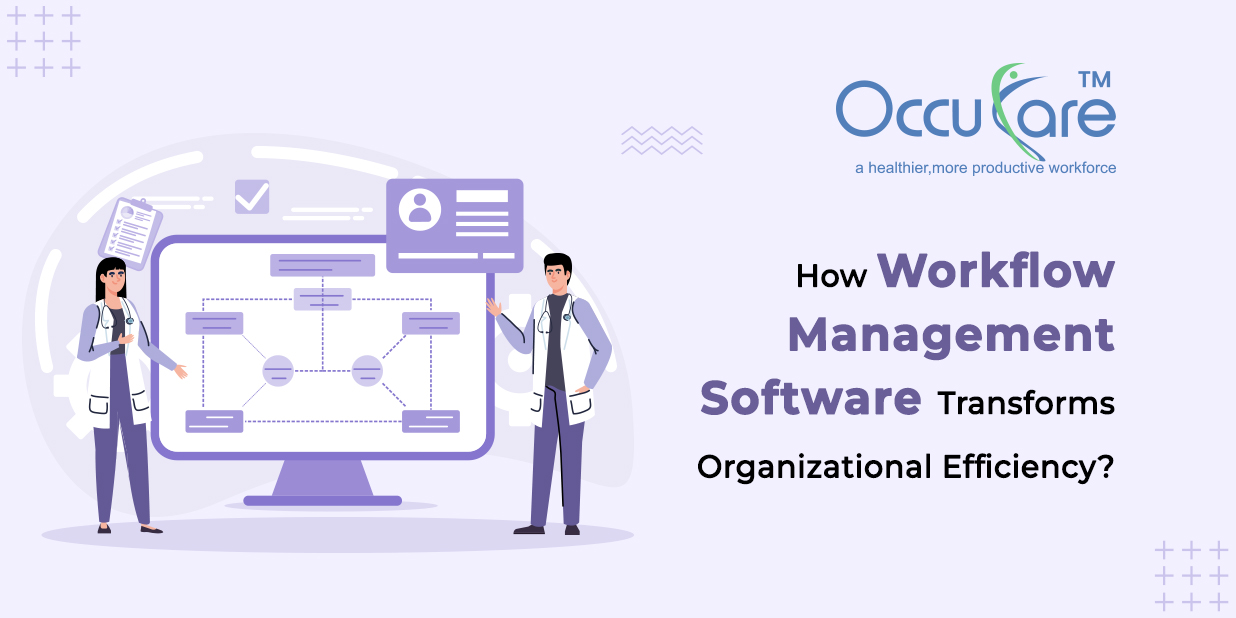The use of Electronic Health Records Software is changing the way occupational health management is done in the constantly changing field of occupational health. EHR systems are changing healthcare management by improving data accessibility, simplifying care coordination, and simplifying regulatory compliance. EHR system are meant to electronically archive and handle patient health information.
1. Comprehensive and Centralized Health Records:
Electronic Health Record (EHR) software unifies medical records of patients into an all-encompassing centralized system. Medical history, immunizations, situations at work, and treatment records are all included in this integration. This centralization makes it easier for the occupational health sector Centers (OHCs) to access complete medical records, which empowers medical staff to make better decisions and deliver better care.
2. Enhanced Accuracy and Accessibility:
Electronic Health Records software lowers the risks of misplacing or inaccurate paper-based records by digitizing them. Updates in real time and access from various places are made possible, guaranteeing that all pertinent health data is up to date and accessible when needed. During occupational health management, where fast and accurate information is critical for efficient therapy and risk assessment, accessibility is especially important.
One of the biggest ways the use of EHR software is changing occupational health management is through improved care coordination. EHR solutions guarantee that all facets of an employee’s health are thoroughly addressed by enabling smooth interaction and sharing of data between diverse healthcare departments and providers. This implies that in an occupational health context, experts, doctors, occupational health nurses, and even human resources staff may view and contribute to a single health record. This integrated method ensures that the team does not miss any important information while also streamlining the employee health management process. For example, when an employee visits an outside specialist for a medical checkup, the specialist can quickly update the findings and suggestions in the EHR and make them available to the occupational health team.
3. Revolutionary effect of Electronic Health Records:
EHR software enhances risk management and preventive care in occupational health management. Thanks to EHR technology, Occupational Health Centers (OHCs) can proactively identify and manage health concerns before they become serious problems. EHRs allow medical professionals to perform comprehensive risk assessments by combining all relevant health data, such as prior exposures, medical histories, and current symptoms. For example, analyzing data on recurrent cases of respiratory problems or musculoskeletal ailments can reveal patterns and possible workplace dangers. This skill enables teams to respond effectively, including modifying work settings or implementing specific precautions tailored to the recognized hazards. Additionally, by monitoring employee adherence to immunization schedules, regular health exams, and wellness program participation, EHR software promotes preventative health activities.
4. Key advantages of Electronic Health Records:
EHR systems offer integrated capabilities for updating and maintaining health data in compliance with occupational health standards, making the difficult process of adhering to regulations simpler. The program provides automated functions that monitor modifications to regulations and guarantee that medical records are continuously in compliance with the law.
For instance, automatic notifications can inform occupational health practitioners when new rules are implemented or when they must update records to meet new requirements. By taking a proactive stance, the organization protects itself from potential legal problems and fines by reducing the likelihood of failing to comply and the related consequences. EHR systems also make it easier to report accurately and efficiently by automating the creation of health assessments, incident reports, and compliance reports. Occupational Health Centers (OHCs) can easily generate comprehensive reports for internal usage, regulatory filings, and insurance claims with the use of customizable reporting tools. This effectiveness promotes efficient administration of health initiatives and policies in addition to improving transparency. OHCs may concentrate more on providing high-quality treatment rather than becoming mired in administrative responsibilities thanks to the simplicity of creating thorough reports and monitoring compliance metrics.
5. Data-Driven Decision- Making with Advanced Analytics:
Electronic Health Record (EHR) software comes with tools for advanced analytics which provide information on health trends, treatment results, and program effectiveness. Such analyses are extremely useful to OHCs when evaluating the success rate of occupational health interventions, improving health programs, and making data-driven decisions.
Outcome Tracking: EHR systems allow OHCs to monitor and analyze the results of patients over time, allowing them to evaluate the efficacy of health management programs and make any necessary modifications.
To conclude, Electronic Health Records software is transforming occupational health management by taking care of important issues including faster compliance, better risk management, centralized data administration, and improved care coordination. EHR systems make sure all relevant information on an employee’s medical records & work environment is easily available by organizing health records, which greatly enhances the precision and effectiveness of health management. This centralized technique lowers the possibility of mistakes and makes it easier for medical staff to communicate with one another, resulting in a more effective combined approach to care for staff members.
